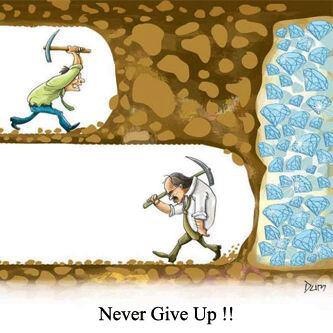 Diabetes is a tough one to crack. I barely had a clue about it until I was diagnosed, but I am 4 months in and now I know a lot. Here are some examples.
Diabetes is a tough one to crack. I barely had a clue about it until I was diagnosed, but I am 4 months in and now I know a lot. Here are some examples.
Type 1 diabetics can safely eat chocolate and whatever else they like (providing they have enough insulin)… I always knew diabetes was something to do with insulin and sugar intake. I thought they just had to be careful around sweets and not eat too many, just like non diabetics should not eat too many. Now that I am diabetic and an occasional chocolate eater I know that I have to bolus for it. For example, a bar of dairy milk=25 carbs=1.25 bolus for me (with my carb to unit ratio). Not much difference from the bolus you would do for a 20 carb banana.
Diabetes is much more serious than I ever imagined. When I was doing my life guard training and my fitness qualifications, I was required to do first aid training. I learned about hypoglycaemia where u would offer something sweet and hyperglycaemia you would offer water and insulin. That was it. They don’t tell you what will happen if it goes untreated – Coma, diabetic ketoacidosis. You get my drift.
Type 1 diabetes is very different from type two. They are two separate diseases. End of!! It frustrates me when people say “can you eat that”, “did you eat too much sugar”?? Er, no!! Calm down.
It is a 24/7 job. I won’t say it’s a constant battle because that makes it seem like it can’t be managed. However, I know that this condition needs a lot of attention and patience. Before you eat, you have to have the patience to test and work out your carbs when you’re hungry. When you’re in the middle of something, anything, if you have symptoms of a hypo or hyper you must stop what you’re doing and treat it.
There are hidden carbs everywhere. One day, I had been to dance class, the gym and for coffee so I was expecting a great reading in the normal range of 4-7. I was about to eat dinner so I tested my blood glucose and I was very shocked to learn that it was in double figures. I was scratching my head until I realised that it was that skinny latte that I had in Starbucks. No sugar, cake or anything else just the skinny latte. I found out that there was something like 25 carbs in that drink alone. I think I’ll stick to my usual Americano next time.
Last but not least. Diabetics can be as fit or a successful as anyone else. Yes, it might be inconvenient sometimes and yes it might make me feel like my head is going to explode, but I have not let this set me back in any of my training. And, if anything, I feel stronger. Nothing is too dangerous as long as I look after myself and monitor my levels.
I have obviously learned a lot more than what is written here. These things just popped out to me now. Do you educate people about type 1 or type 2 diabetes? What have you learned since your diagnosis? I feel like I learn more and more on a daily basis and will continue to do so forever.









